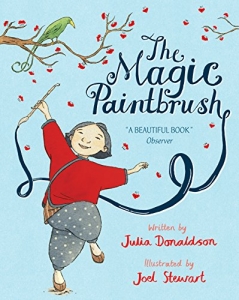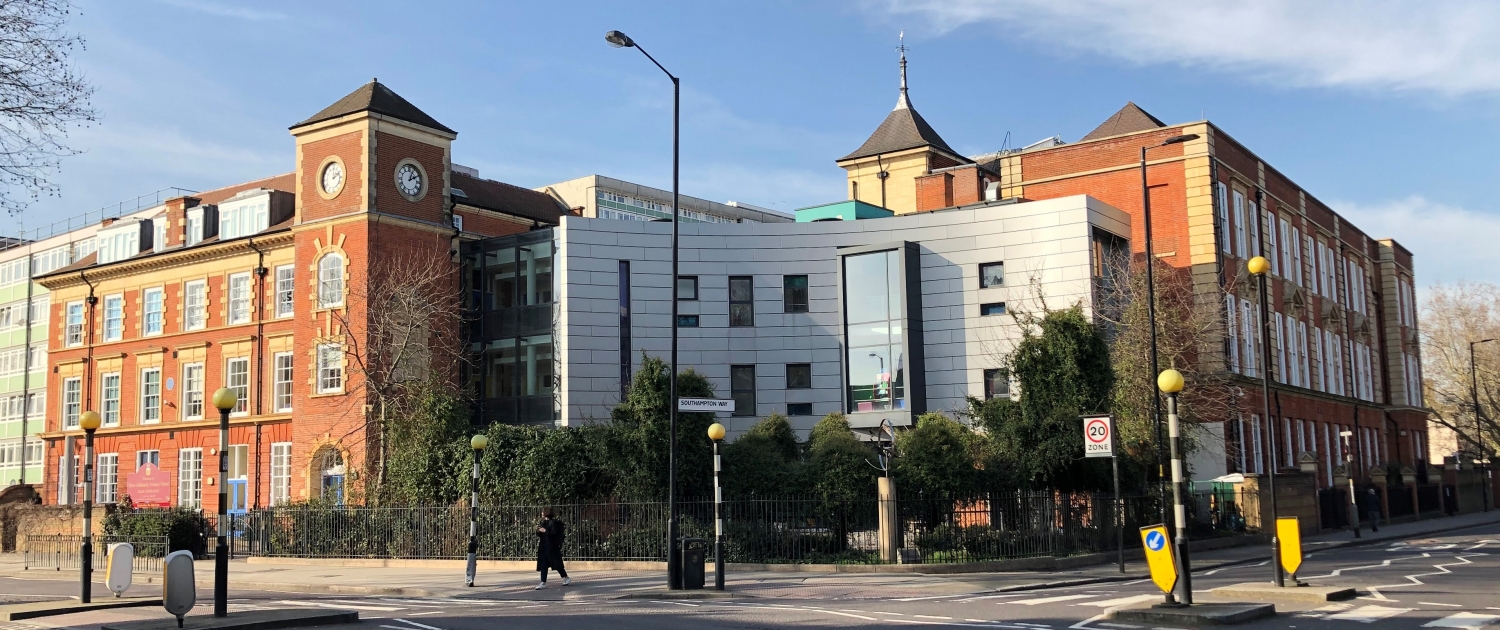 Our English lessons have been aimed at developing a good understanding of the features of traditional tales. While children are familiar with many different traditional tales from the UK (Goldilocks and the Three Bears, The Three Billy Goats Gruff, Cinderella, Little Red Riding Hood and more), we have expanded this knowledge to include traditional tales from Asia. Our core text has been ‘The Magic Paintbrush‘ written by Julia Donaldson and illustrated by Joel Stewart.
Our English lessons have been aimed at developing a good understanding of the features of traditional tales. While children are familiar with many different traditional tales from the UK (Goldilocks and the Three Bears, The Three Billy Goats Gruff, Cinderella, Little Red Riding Hood and more), we have expanded this knowledge to include traditional tales from Asia. Our core text has been ‘The Magic Paintbrush‘ written by Julia Donaldson and illustrated by Joel Stewart.
Children have had the opportunity to plan their own versions of this tale, changing one or more parts. They have used a story mountain to think about the different parts with key questions to guide.
To plan a story, think about:
- Beginning: Who are the main characters? Where is the setting of the story? Use noun phrases expanded with adjectives and prepositional phrases to add key details.
- Build up: Add more depth to the main character and expand on their surroundings. What are they doing? How will this part lead to the problem the main character will face? Begin to include dialogue making sure to use inverted commas to punctuate direct speech.
- Problem/Climax: What problem is the main character facing? How are they feeling? This part could do with some excitement. Consider a range of sentence types here. Create suspense for the reader. Add a cliffhanger for effect.
- Resolution: How is the problem solved? Is the villain defeated? How? Think carefully about how the main character develops in this part as they undergo major changes in their feelings and behaviour.
- Ending: Is it a happy ending (doesn’t always have to be)? What is the moral of the story?
Have a look at some excellent examples of traditional tales written by our fantastic year 4s.
Yen and the Magical Paintbrush

